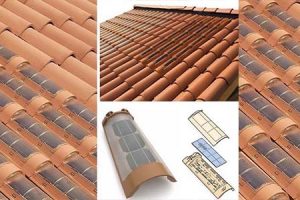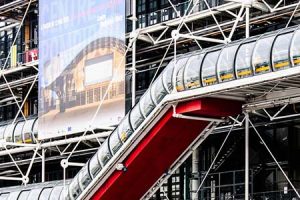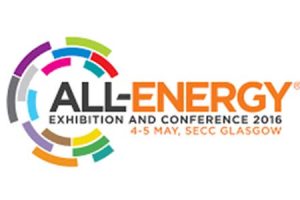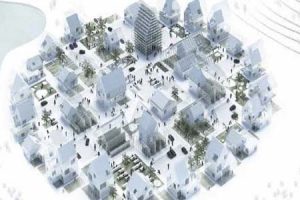
Solar Shingles as a Renewable Energy Solution
Solar, or photovoltaic shingles, is a reality rather than an innovative project. It started in 2005, then in 2009 the solar shingles were presented in Portugal by the Universities of Minho and Nova as a unique case to benefit from the solar energy through shingles. This new technology is a part of new constructions which attracts greatly the final consumer not only from the point of view of contribution for climate change but considering the possibility to create an independent commercial electrical grid through which to provide electricity to our houses.
Solar shingles are definitely different from solar panels. Designed to look like and function as conventional roofing materials, solar shingles are a type of solar energy solution known as building-integrated photovoltaics (BIPV) applied to the parts of the building envelope, such as the roof, skylights or facades. BIPV is expected to grow by almost 19% by 2019, according to Transparency Market Research experts.
One of the problems of first solar shingles was the aesthetics, but the recent improved designs offer the shingles that blend almost seamlessly with traditional roofing materials. The solar shingles, flexible and durable as regular shingles, integrate minipanels inside to transform solar radians into electrical energy. The solar cells (generally, 4 per shingle), made out of silicon mainly, are combined with slate, metal, fiber-cement and even asphalt roofing.
One shingle is too small to produce much power, it is able to generate on average 60 watts (although some technologies are able to reach 200 watts) which is little, but hundreds of them together provide enough electricity to power a whole house. With this photovoltaic installation on the area of 45m2 it is possible to generate up to 3 kW. Another peculiar feature about solar shingles is that they can be installed over existing roof, that is, “direct-to-roof” installation. Then they must be connected and conducted to the home’s electrical system.
This independent additional power system can co-exist with the main grid which will work after sundown and on gloomy and rainy days. But this is a good alternative for energy saving that can be applied for all types of constructions: residential, industrial, commercial properties, government and civic buildings.
Sources:















